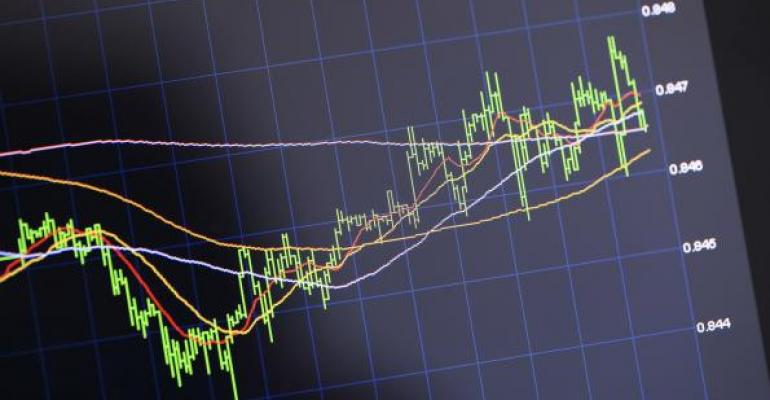What’s gold worth? Well, as of Friday morning, a LOT less than it was before. The Bank of Japan plunged a dagger into the bullion bull’s already-weakened heart when it announced a sweeping securities buying program. Spot metal prices plunged as much a $40 an ounce, breaking through lows established at the end of 2012.
This should be no surprise to readers of this column. Last week, we noted signs of fatigue — slumps in share price momentum and vault holdings — in the SPDR Gold Shares Trust (NYSE Arca: GLD), bullion’s biggest exchange-traded proxy.
Technically, GLD seems poised to test the $100 level (the ETF was trading near $112 at press time). That’s an intermediate target which, if breached, could attract bargain hunters. The question for gold followers is “Is that really a bargain?”
Believers in mean reversion would probably say the bargains actually start below $66, the level at which GLD traded in mid-2007. Why? Because there’s a long-term relationship between the Consumer Price Index (CPI) and gold.
Over CPI’s history, gold’s traded at an average 3.2x multiple. In August 2007, for example, CPI was clocked at 207.90 when the London A.M. gold fix averaged $664. Bullion then was at equipoise (see the chart below). Gold, as many aficionados would tell you, had been undervalued up to that point (the more rabid would aver that the metal’s still too cheap).
Gold prices peaked at a 7.8x multiple in September 2011. Three years later, the gold/CPI ratio’s hovering just over 5.

So, is it likely we’ll see another 40 percent sell-off in GLD — the decline needed to reach equipoise — now? Nope. Not this week, not this month, not this year. But there is more selling likely.
Remember, this relationship between CPI and gold is a long-term average, not a short-term, nor an intermediate-term indicator. It gives you a sense of the speculative froth (or gloom) roiling in the market.
Brad Zigler pens Wealthmanagement.com's Alternative Insights newsletter. Formerly, he headed up marketing and research for the Pacific Exchange's (now NYSE Arca) option market and the iShares complex of exchange traded funds.




